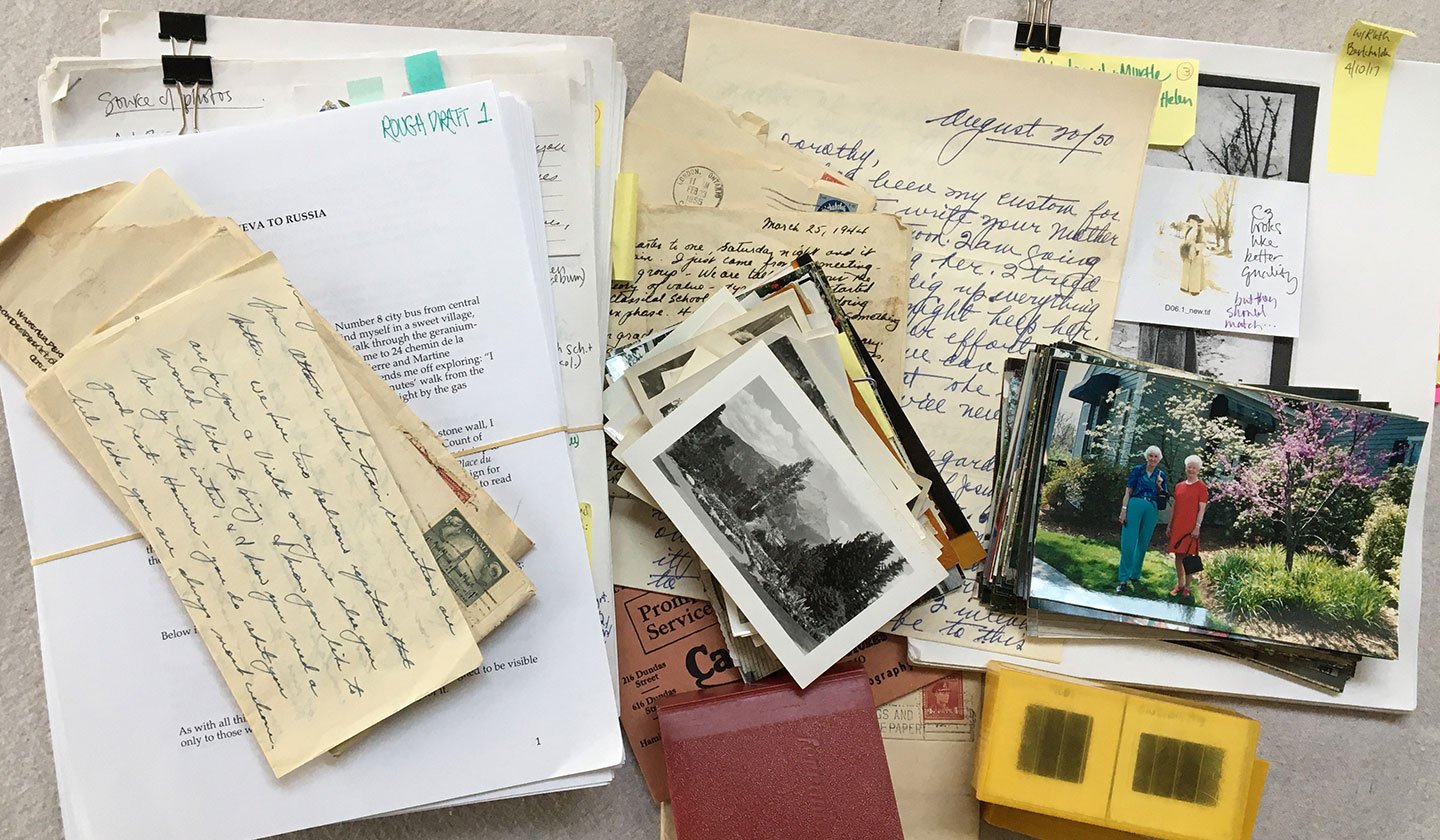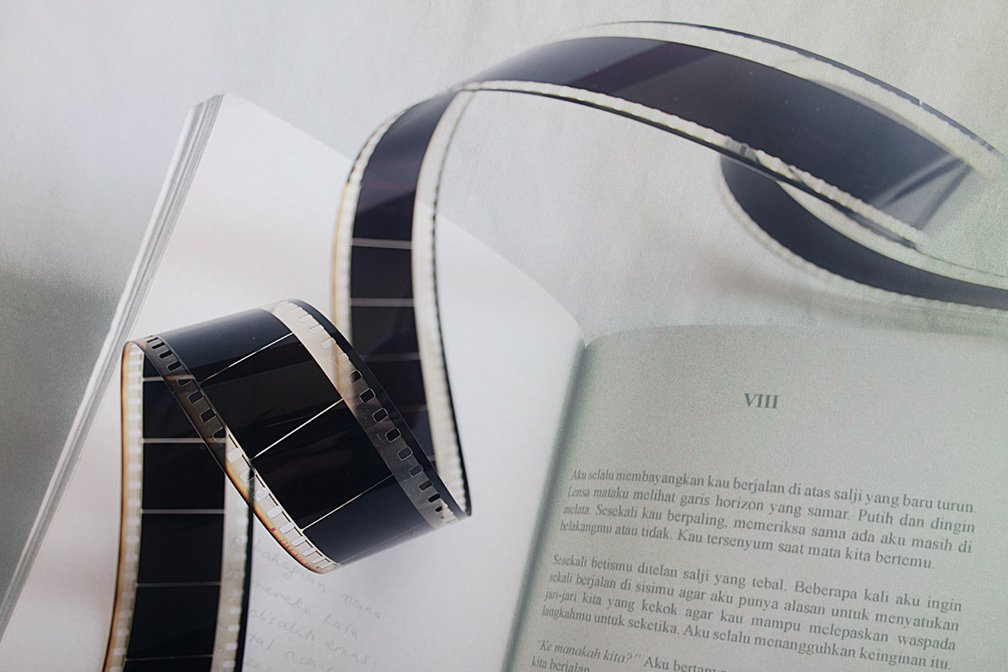Biographers on Biography
Many of our members regularly blog on their areas of expertise, including family history and memory preservation, life story writing, effective storytelling and interview techniques, language usage, design principles, and photo preservation and organization. Here are our most recent posts—enjoy!
Filter blog posts by category:

You want to preserve your stories, but how—and in what media format? Our expert weighs in on whether a personal history book or film is right for you.
Get a taste of authors’ perspectives and writing styles through a curated selection of quotes from the best books to help you write your life story or memoir.
Family get-togethers around this time of year present an excellent opportunity to ask questions and invite your loved ones into your family history research.
Telling stories of trauma is often hard. Here, strategies for creating space so your interview subject can deal with the weight of the past and share safely.
Researching your genealogy can seem like a never-ending task, but these family history activities are approachable, meaningful—and can be completed with ease.
Rather than scan your loved one’s registry for impersonal gift ideas, consider creating a family legacy book for a meaningful present they will cherish always.
Tips from a veteran editor on the best ways to set realistic deadlines to motivate you to finish the family history project that's been on your to-do list.
Every writer needs an editor (even—maybe especially—if you think you don't!). See which types of editors will make your memoir or life story book shine.
Every family has long-held family secrets or skeletons in the closet that are revealed during genealogy research. Should you reveal them? Write about them?
Children of Holocaust survivors can preserve their parents’ life stories using this three-step process created by a longtime story facilitator.
Want to make a family cookbook that preserves your recipes AND looks professionally done? Follow these easy tips from professional food stylists and editors.
Thinking of searching for your birth family? The story of Jan’s genealogy quest at 80 years old proves that it is never too late to solve an adoption mystery.
Don’t let your family heirlooms and mementos sit in boxes collecting dust—use these expert tips to curate them and preserve their stories in a book.
How to take the boxes of old letters you’ve been saving and use them to write and illustrate your memoir.
There’s no antidote for grief. But sharing memories about the deceased—especially during the holidays, when sadness is magnified—is a gift you can give.
Having trouble completing your memoir or family history? It’s worth figuring out why. An inability to write might actually be part of your creative process.
What's involved in writing and publishing your memoirs yourself? Let's break down the pros and cons involved in self-publishing and find out.
When a parent dies and leaves behind a mess of family photos, where does one even begin to sort through it all? Find a (thoughtful, healing) plan here.
The subtitle to Rachael Herron's motivational memoir writing book doesn’t overdeliver—you can write a first draft of your life story in 45 hours.
Think like a reporter to help write your memoir: From deadlines to fact-checking, concise writing to an open mindset, these strategies are game changers.
How to tell a community history that brings the past to life, builds support, ignites curiosity, and includes diverse voices from the community.
Don’t be paralyzed by overwhelm: Follow these 10 actionable steps (check them off as you go!) to get your family history interview project underway with ease.
Preserving the history of your family-run business will involve both some formal research and oral history interviews. Here's how to tell your family biz story.
When the writing of your life stories is complete, there's still work to be done. Why good book design and thoughtful presentation of your memoir matter.
Handwritten letters can be a treasure trove of family stories. Adding context and photos to the correspondence to preserve in a book makes for a precious gift.
Use these five basic steps to create a tribute book in memory of your lost loved one to avoid overwhelm and easily capture stories in their honor.
Too many photos is just digital clutter. Get your total number of images down and gain easy access to the ones worth saving with these easy pro tips.
There is no definitive history, and we as oral historians and storytellers have a responsibility to preserve the truth amidst biases and shifting perspectives.
Love real-life stories beautifully told? “We Share the Same Sky,” a new memoir, and “Lives Well Lived,” a film now available to watch on PBS, are for you!

































